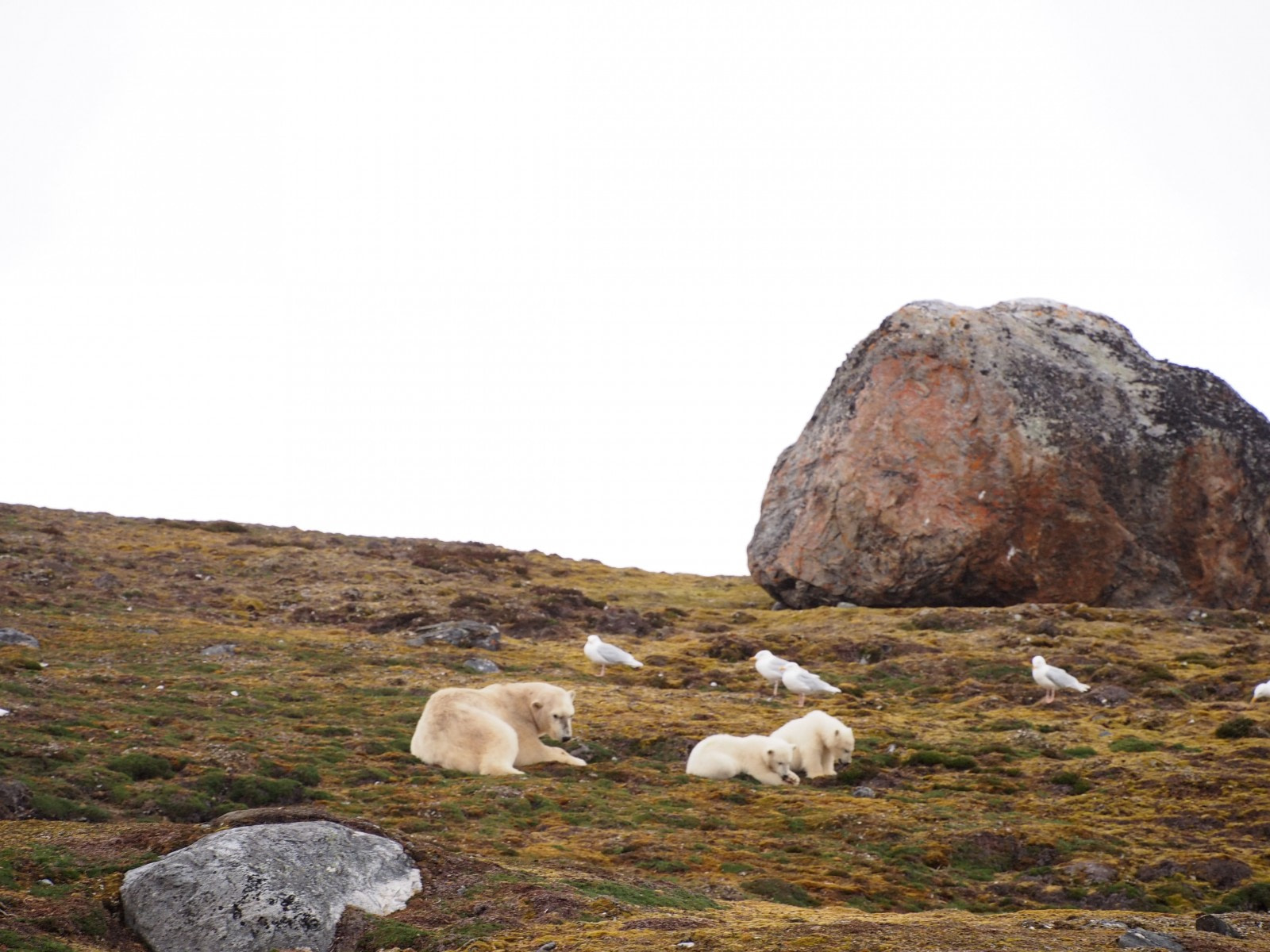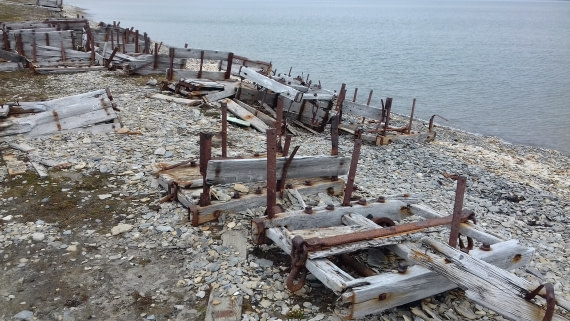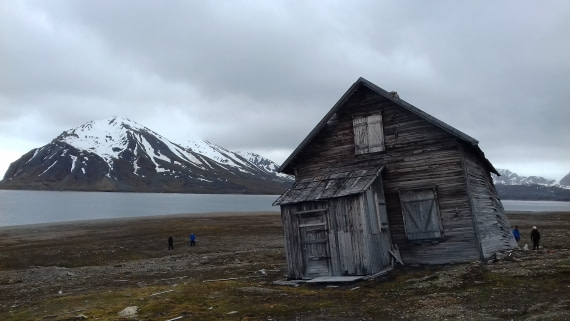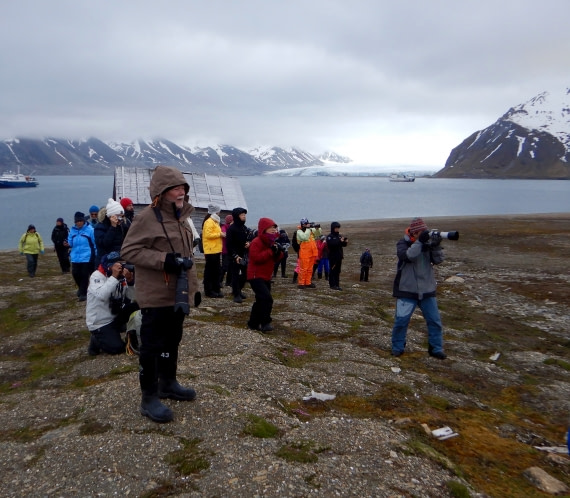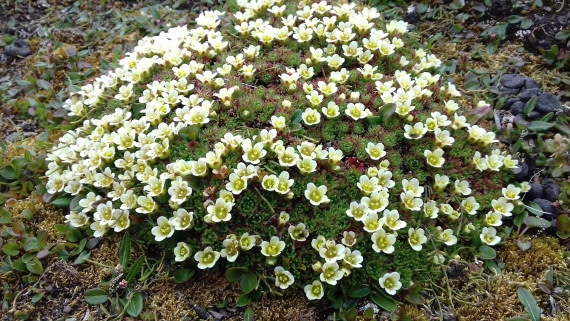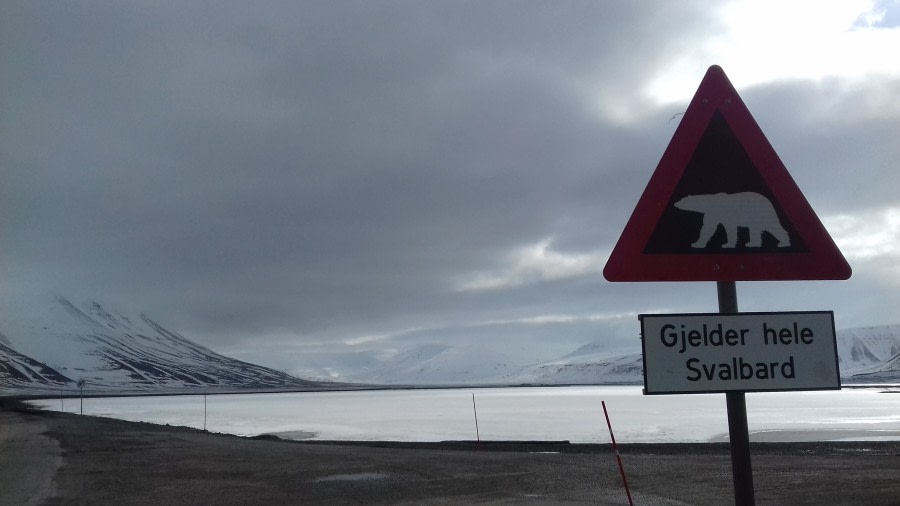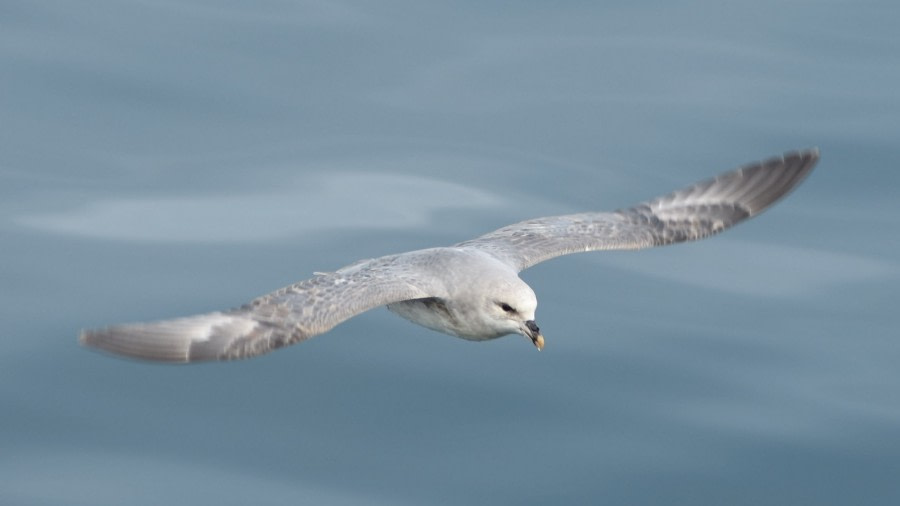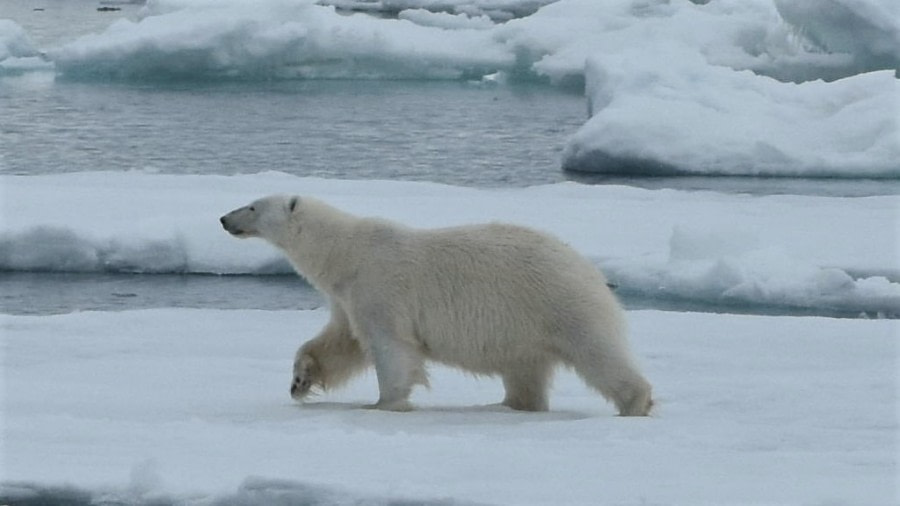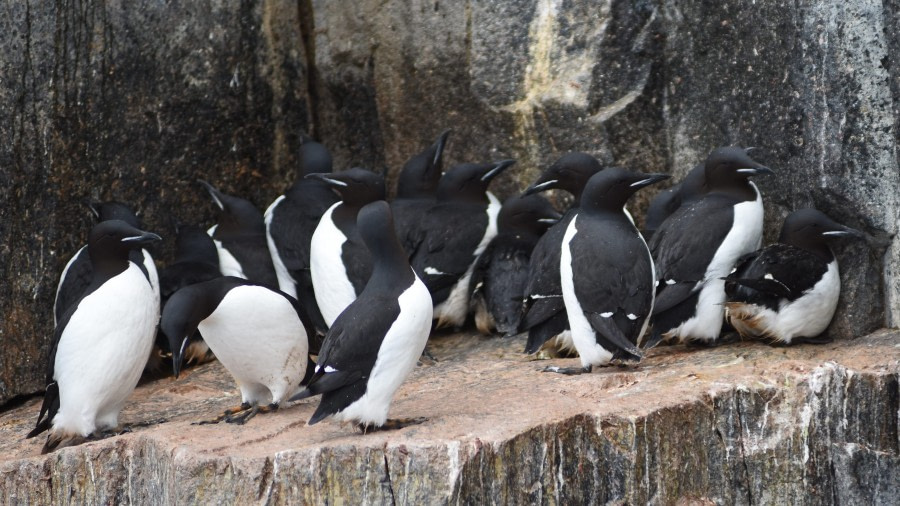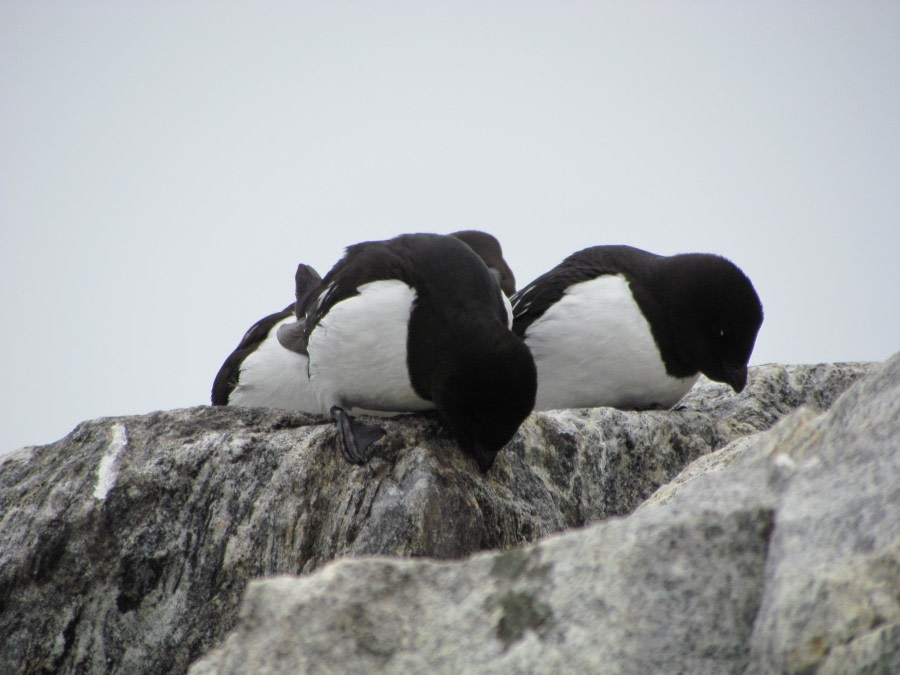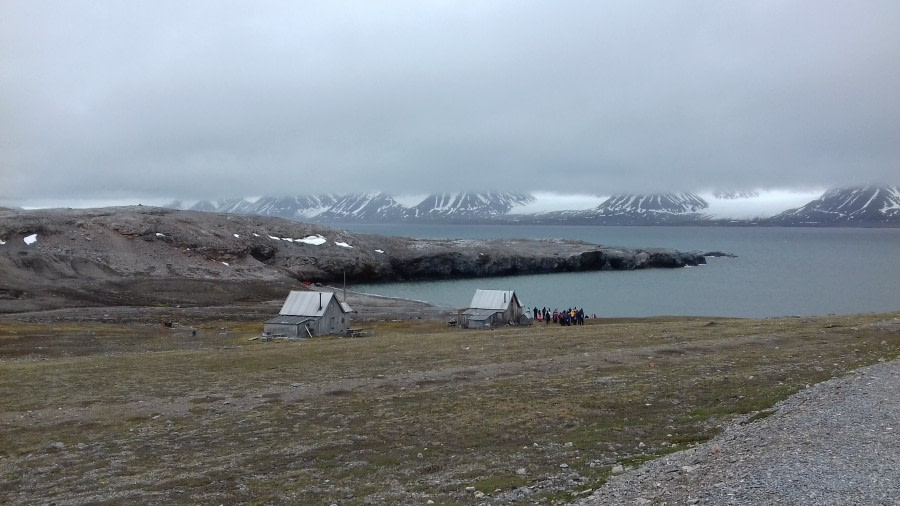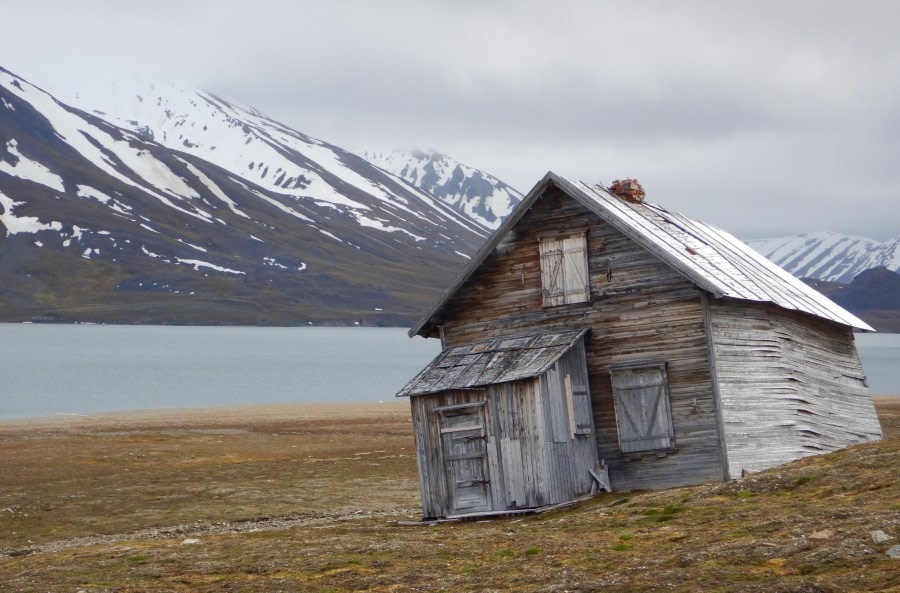| Datum: | 22.06.2018 |
| Position: | 078°14'N / 015°35'E |
| Wind: | NNW 4 |
| Wetter: | Nebel |
| Lufttemperatur: | +4 |
Longyearbyen liegt auf 78° Nord und ist damit eine der nördlichsten Siedlungen der Welt. Die Stadt ist aus dem Kohlebergbau hervorgegangen und beherbergt heute rund 2.000 Einwohner, die das ganze Jahr über hier leben und arbeiten. Einige von uns waren schon einen Tag früher angekommen und hatten Zeit, die Stadt zu erkunden und vielleicht einen Tagesausflug zu machen, aber viele von uns kamen erst am Nachmittag an, und nachdem wir von Sasha am Flughafen abgeholt worden waren, hatten wir etwas Zeit, die Stadt zu besichtigen, bevor wir uns auf den Weg zum Hafen machten, um unser Schiff Plancius zu erreichen. Es war ein wunderschöner sonniger Nachmittag, als wir uns auf den Weg zum schwimmenden Ponton machten und von Lynn in Empfang genommen wurden, die dafür sorgte, dass unser Gepäck und unsere Schwimmwesten bereit waren, um mit dem Zodiac an Bord zu gehen, da die Plancius draußen im Fjord vor Anker lag. Es war eine einfache Fahrt zum Schiff, die es uns ermöglichte, uns mit den Zodiacs vertraut zu machen, die uns in den kommenden Tagen an die Küste und wieder zurück bringen werden. Von der Gangway aus wurden wir zur Rezeption geführt, wo DJ, unser Hotelmanager, und sein Assistent Gabor uns eincheckten und wir von dem sehr freundlichen Hotelpersonal zu unseren Kabinen geführt wurden. Dort fanden wir unser Gepäck bereits vor. Wir hatten etwas Zeit, um uns mit unserer Kabine vertraut zu machen, bevor wir zur obligatorischen Sicherheitseinweisung in die Lounge gerufen wurden, die unser dritter Offizier Luis Oroceo gab. Dabei erhielten wir alle notwendigen Informationen über die Sicherheit an Bord des Schiffes und wurden auf die anschließende Rettungsbootübung vorbereitet. Wir hörten den Alarm zum Verlassen des Schiffes und versammelten uns an der Sammelstelle, dem Aufenthaltsraum, und trugen unsere großen orangefarbenen Rettungswesten, die wir hoffentlich das einzige Mal tragen werden. Nach dem Appell wurden wir zu den Rettungsbooten geführt, um zu sehen, wo sie sich befanden und wie wir im Bedarfsfall an Bord gehen würden. Draußen an Deck befanden wir uns auf dem Weg aus Isfjord heraus in Richtung Norden, wo unser arktisches Abenteuer begann. Der Nebel, der den ganzen Tag über in Isfjord gelegen hatte, trübte unsere Sicht ein wenig, aber es war wunderschön stimmungsvoll, als wir uns auf den Weg nach Norden machten. Wir trafen uns wieder in der Lounge und erhielten eine Einweisung von unserem Hotelmanager DJ, der uns einige der Abläufe an Bord der Plancius, unserem Zuhause für diese Woche, erklärte. Das Hotelpersonal servierte uns Champagner und Kanapees, bevor wir uns mit unserem Kapitän Evgeny Levakov trafen, der uns ein wenig über unsere bevorstehende Reise erzählte. Anschließend hatten wir die Gelegenheit, unser Expeditionsteam kennenzulernen, das uns während unserer Reise hier auf Spitzbergen sicher begleiten wird. Wir haben ein internationales Team an Bord, das sowohl in der Arktis als auch in der Antarktis über einen großen Erfahrungsschatz verfügt. Unser Expeditionsleiter, Michael Ginzburg, gab uns ein paar weitere Informationen über unsere Reisepläne. Er zeigte uns eine Eiskarte, auf der deutlich zu erkennen war, dass das Packeis in diesem Jahr sehr weit nördlich liegt. Dann war es Zeit für das Abendessen, bei dem wir die Gelegenheit hatten, unsere Mitreisenden kennenzulernen. Bei 24 Stunden Tageslicht genossen viele von uns die Zeit an Deck bei einer Mischung aus Nebel und Sonnenschein und beobachteten Eissturmvögel, Trottellummen, Dreizehenmöwen und die winzigen Krabbentaucher. Es war ein sehr angenehmer Abend an Bord. Unsere letzte Aufgabe an diesem Abend bestand darin, unsere Gummistiefel vom Personal im Gepäckraum abzuholen. Wir werden sie in den kommenden Tagen auf dem Weg vom Schiff zur Küste und wieder zurück sicher brauchen.
